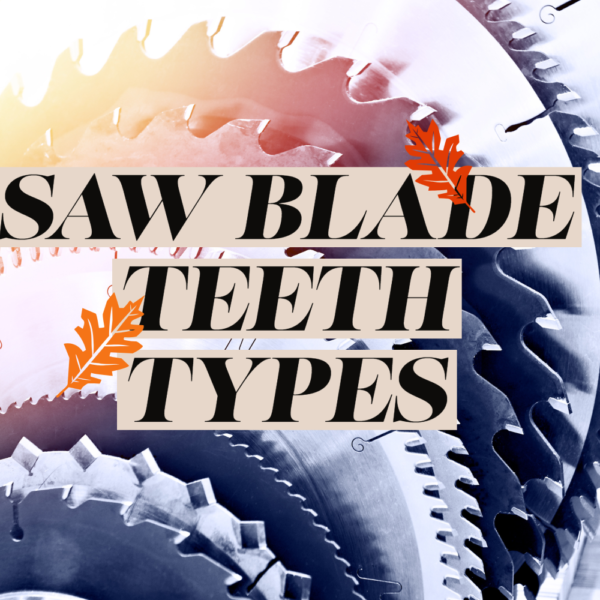
Hello, valued visitors,
Saw blades are essential tools for various cutting applications, ranging from woodworking to metalworking. The efficiency and precision of a saw blade largely depend on the type of teeth it possesses. The teeth of a saw blade come in different shapes and designs, each tailored to specific materials and cutting requirements. In this article, we will explore the various saw blade teeth types and their differences, highlighting the importance of sharpness and the need for proper grinding mechanisms when necessary.
-
Rip-Cut Teeth
Rip-cut saw blade teeth are primarily designed for cutting along the length of the wood grain. These teeth feature a flat-top profile with large gullets between each tooth. The flat-top shape ensures aggressive cutting, making it ideal for quickly removing material during long cuts. Rip-cut blades are commonly used for rough and fast cuts in lumber or when creating large-sized components.
-
Crosscut Teeth
Unlike rip-cut teeth, crosscut teeth are designed to cut perpendicular to the wood grain. These teeth have a beveled shape, which aids in creating cleaner and finer cuts. Crosscut blades have more teeth per inch than rip-cut blades, resulting in smoother edges and reduced splintering. These blades are suitable for cutting plywood, hardwoods, and other materials where a smooth finish is desired.
-
Combination Teeth
As the name suggests, combination teeth offer a hybrid design that combines features of both rip-cut and crosscut teeth. These teeth have a flat-top profile with alternating beveled teeth. This design allows the blade to handle both ripping and crosscutting tasks effectively. Combination blades are a versatile choice and can be used for general-purpose cutting when you need a balance between speed and finish quality.
-
Carbide-Tipped Teeth
Carbide-tipped saw blade teeth are known for their exceptional hardness and durability. Carbide tips are welded onto the blade, providing a cutting edge that can withstand the demands of cutting through tough materials like metal, plastic, and hardwoods. These blades retain their sharpness for a longer time and are perfect for heavy-duty applications, making them a preferred choice for professional woodworkers and contractors.
-
Alternate Top Bevel (ATB) Teeth
The ATB tooth configuration is commonly found in circular saw blades used for cutting wood and wood-based materials. These teeth have alternating beveled edges on each tooth, forming a “V” shape. ATB teeth create clean cuts with minimal tear-out, making them ideal for cutting across the grain in various wood types.
-
Triple Chip Grind (TCG) Teeth
The TCG tooth design incorporates a combination of flat-topped teeth and beveled teeth, separated by a large gullet. These blades are commonly used for cutting hard materials such as laminate, MDF, and non-ferrous metals. The TCG teeth excel at producing clean cuts with reduced chipping, making them suitable for cutting abrasive and composite materials.
The Importance of Sharp Teeth
Regardless of the type of teeth on a saw blade, maintaining sharpness is crucial for achieving optimal cutting performance. Dull teeth can lead to inefficient cutting, increased heat generation, and potentially dangerous kickbacks. To ensure the best results and extend the life of your saw blade, regular sharpening is essential.
Grinding Mechanism and Maintenance
If the saw blade teeth become dull or damaged, it’s essential to address the issue promptly. Dull blades can be sharpened using a grinding mechanism designated by the manufacturer or a store with grinding technology. Some blades are designed for multiple resharpening cycles, while others may need replacement after becoming excessively worn.
Conclusion
Selecting the right type of saw blade teeth is critical for achieving the desired cutting results in different materials and applications. Understanding the differences between rip-cut, crosscut, combination, carbide-tipped, ATB, and TCG teeth can help you make informed decisions when choosing the appropriate blade for your projects. Additionally, ensuring that the teeth remain sharp through proper maintenance and sharpening will not only enhance the blade’s longevity but also contribute to safe and efficient cutting operations. Remember, a sharp saw blade is a key to success in any cutting endeavor.






